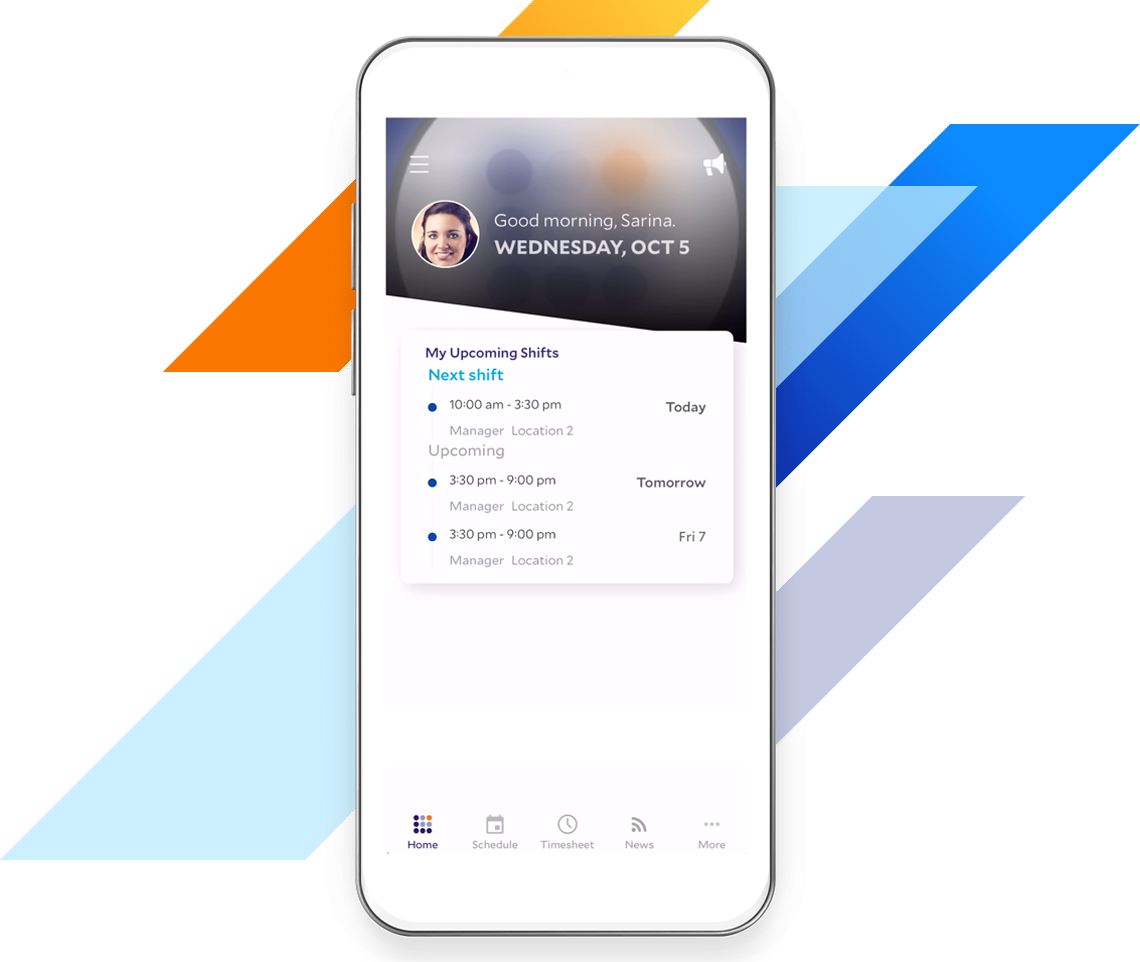How to Attract and Retain Talent in 2020 and Beyond
March 10, 2020
by Sanish Mondkar

Work life in the U.S. has undergone a dramatic shift in the past several decades. In 1983, nearly one-third of workers over 45 were with their employer for over 20 years1 and the notion of a sharing economy was nonexistent. Today, the average tenure for salaried employees is 4.2 years 2 and is far less for hourly employees, which now comprise a whopping 60 percent of the workforce. thanks to the rise of the gig economy, which was ushered in by the likes of Uber and Lyft during the last economic downturn and is clearly here to stay.
Amongst hourly workers, some industries, such as food service, lose 100 percent of their employees each year3
At the same time, talent shortage is an oft-discussed topic. Finding and retaining top talent remains a constant struggle, and this is especially pronounced in the retail sector. Talent shortage is number one atop a list of five risk areas identified in a 2019 Gartner survey.
63 percent of respondents to Gartner’s Emerging Risks Survey cite talent shortage, or talent risk, as their organization’s major concern4
The high cost of churn
Add to this the cost of replacing churned workers, which can range from two thousand dollars on the low end to 100 percent of an annual retail worker’s salary on the high end, and it’s clear that solving the churn equation while engaging and retaining employees is an urgent issue.
The unprecedentedly high turnover rate [in retail] translates into more than 230 million days of lost productivity and $19 billion in costs associated with recruiting, hiring and training5
So talent attraction and retention is an issue. Replacing churned workers is exorbitant. But which engagement strategies work best? With a new generation of Gen-Z workers rising in ranks, what are key factors HR and operations execs should consider? While there is no magic bullet, a top-cited reason why employees leave comes down to scheduling flexibility. In fact, 51 percent of employees say they would switch to a job that allows them flextime6 and schedule flexibility ranks even higher than pay in some research7.
Scheduling flexibility as a benefit
Accommodating workers’ needs for scheduling flexibility historically was not easy. Around the millennium, when workforce management solutions started to gain favor, labor efficiency was the name of the game. Scheduling solutions squeezed productivity as much as possible with their existing workforce, often to the detriment of employee schedules.
In some cases, organizations over-rotated to favor scheduling flexibility—doubling up on staff or running extra lean when a last-minute callout occurred—and most relied on manager intuition and guesswork. The scales tipped either for employer or employee but only met both needs by chance.
Enter AI and ML
We are now entering a new era of workforce management where labor efficiency and employee engagement can not only peacefully co-exist; they can simultaneously thrive. Due to the massive computational power of artificial intelligence, thousands of data points can be analyzed in seconds to generate compliant work schedules that factor in employee preferences, weather, local laws, promotions, historical sales patterns, schedule change history and a host of other factors, including manager edits.
Though AI is thrown around generously and is often misconstrued, the fundamental benefit is this: rather than programming computers with all possible variations in labor optimization and scheduling, it works like the human brain to detect patterns without explicit programming. Think of it as your best store manager, replicated across a business.
“If I’m the manager of one store, I might be able to, as a human, do as well as or even better than some of these algorithms because I know deeply how these things work since I’ve studied it over many, many years,” says Thomas Joseph, head of data science at Legion.
“If you want to scale out to multiple locations, in a repeatable, consistent way across your whole organization—if you’ve got a hundred stores or even a thousand stores or ten thousand stores—you can’t trust every single store manager to do a good job. We’re trying to say, ‘How do you take your best managers and replicate them?’ And this is where AI and machine learning come into play: solving these complex computations at scale.”
Companies with the most engaged employees see 21% higher profitability8
Benefits of engagement are plentiful
At Legion, we are not only seeing more schedule satisfaction and churn reduction (with reduced churn rates of 50 percent with many customers); we are also seeing more engaged employees. Legion is considered a perk at customers like Philz Coffee because it provides a balance between work and home life,
95 percent of employees at our customers choose to download and use the mobile app voluntarily for scheduling, shift swaps, time-off requests and chatting with co-workers. Employees are also opening the app four times per day and spending about three minutes on it daily.
Providing the app and allowing self-service actions goes beyond engagement. While employee experience definitions are far-ranging—to include corporate social responsibility and sustainability, volunteer time off, company culture and other facets—at the end of the day, it’s about how employees feel when they come to work.
By empowering employees to indicate shifts and hours that work best for their lifestyle and then meeting those needs, employers are saying “we hear you and honor your needs for a life outside of work, whatever that may be.”
Employee experience not only reduces churn and improves your bottom line; it provides a competitive advantage. After all, we must realize that no matter how many employee discounts or yoga classes are offered, employees first and foremost want a predictable and joyous personal life. Modern technology can enable this now more than ever.
Sanish Mondkar is CEO and Founder of Legion Technologies, a next-generation Workforce Management Solution he developed to improve the lives of today’s hourly workers while eliminating labor inefficiency. Prior to Legion, Sanish spent 15 years at SAP, where he was Chief Product Officer & Executive Vice President with global responsibility for all Procurement and Business Network products and technology.
sources
1https://www.bls.gov/opub/mlr/1984/10/art2full.pdf
2https://www.rasmussen.edu/degrees/business/blog/employee-tenure-trends/
3https://www.cnbc.com/2019/08/29/fast-food-restaurants-in-america-are-losing-100percent-of-workers-every-year.html
4https://www.hrdive.com/news/talent-shortage-emerging-as-a-top-risk-for-organizations/546612/
5https://www.humanresourcestoday.com/?query=%2419%20billion&open-article-id=9434935&article-title=retail-turnover-rates-in-2018&blog-domain=trydailypay.com&blog-title=dailypay
6https://news.gallup.com/businessjournal/204533/dream-job.aspx
7https://www.predictiveindex.com/blog/why-flexibility-is-a-better-perk-than-salary/
8https://www.gallup.com/workplace/267512/development-culture-engagement-paper-2019.aspx
